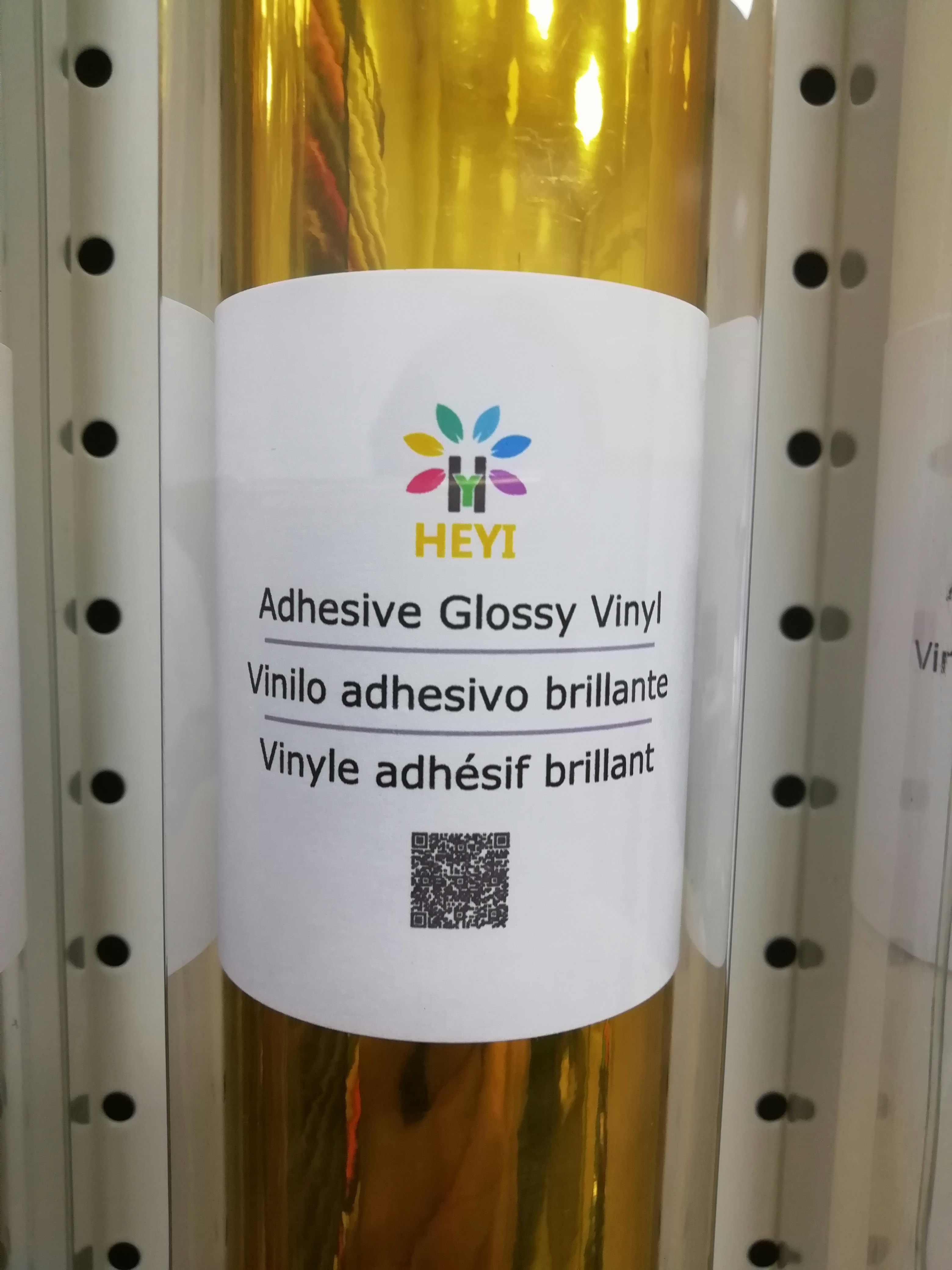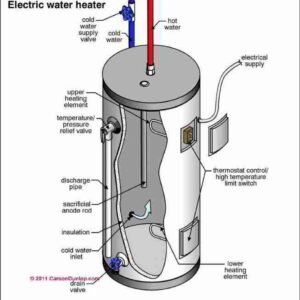Understanding Adhesive Fundamentals
Adhesives play a crucial role in a variety of applications, from construction to crafting, and their functionality is based on several fundamental principles. At their core, adhesives work by forming bonds between surfaces, which can be categorized into mechanical, chemical, or physical bonds. Mechanical bonding occurs when the adhesive fills in the contours of the surfaces, creating a physical interlock. Chemical bonding involves the formation of new chemical bonds between the adhesive and the substrate, often resulting in a stronger connection. Physical bonding typically relies on van der Waals forces or surface tension.
There are several types of adhesives available on the market today, each specifically designed for particular applications. For example, acrylic adhesives offer exceptional strength and versatility, making them suitable for various substrates, while epoxies are known for their remarkable durability and resistance to environmental factors. Other types, such as cyanoacrylate, also known as super glue, are ideal for quick fixes due to their rapid curing times. These variations highlight the importance of selecting the appropriate adhesive for the intended use.
Understanding the classification of adhesives further aids in making informed decisions. Adhesives can be categorized based on their application, such as structural, decorative, or specialty adhesives. Additionally, surface preparation is a critical aspect that often dictates the efficacy of an adhesive. Surfaces must be clean, dry, and properly primed to achieve optimal bonding. Curing times are also variable and can be influenced by temperature, humidity, and the specific type of adhesive used. Hence, professionals must also consider environmental factors that may affect adhesive performance, ensuring a durable bond that meets project specifications.
Emerging Adhesive Technologies in 2025
As of 2025, the adhesive industry is witnessing significant advancements driven by technological innovations and an increasing demand for sustainable solutions. Among the most notable trends are eco-friendly adhesives that minimize environmental impact while providing effective bonding performance. Traditional adhesives often contain volatile organic compounds (VOCs), which can be harmful to both health and the environment. In contrast, developments in biodegradable materials and water-based formulations are leading to the emergence of adhesives that offer strong bonding capabilities with reduced ecological footprints.
Another area of innovation is the development of smart adhesives. These materials are engineered to respond dynamically to environmental conditions, such as temperature and humidity changes. Smart adhesives can adjust their bonding properties in real-time, which is particularly beneficial in applications requiring enhanced durability and flexibility, such as in the automotive and aerospace industries. For example, research has shown that smart adhesives can optimize performance in wearable technology, where materials must adapt to varying physical stressors.
Advanced formulations are also enhancing bonding strength and durability across various applications. Industries such as construction, automotive manufacturing, and electronics are increasingly adopting multi-functional adhesives that not only bond but also seal, insulate, or protect components. Case studies highlight that the automotive industry has benefitted from the integration of these advanced adhesives, which improve vehicle performance while reducing weight, ultimately leading to enhanced fuel efficiency.
In conclusion, the landscape of adhesive technologies in 2025 showcases a shift toward eco-friendly, smart, and high-performance solutions. As industries continue to embrace these innovations, we can expect to see significant improvements in product performance and a positive impact on environmental sustainability.
Application-Based Adhesive Selection Criteria
Choosing the right adhesive necessitates a thorough understanding of the specific application at hand, as different materials require varied adhesive properties. For woodworking, for instance, it is vital to select an adhesive that can create strong joints while accommodating the natural expansion and contraction of wood. PVA (polyvinyl acetate) glue is commonly used for this purpose, providing a reliable bond that can withstand the changes in humidity that typically occur in wood projects.
When bonding metals, the load-bearing requirements are a crucial factor. Adhesives such as epoxy, which offer high tensile strength, are ideal for metal bonding applications. These adhesives can endure significant loads and environmental stressors. Additionally, surface preparation plays a critical role in ensuring that the adhesive effectively bonds with the metal surfaces. Cleaning and roughening the metal can enhance adhesion.
In the context of plastics, selecting the appropriate adhesive can be particularly challenging due to the diverse range of plastic types and their various chemical compositions. Solvent-based adhesives are often effective for many plastics, while specific formulations like cyanoacrylate (super glue) can be used for quick bonding. It is essential to conduct compatibility tests prior to full-scale application to ensure that the adhesive does not react negatively with the plastic material.
Moreover, environmental conditions must be considered, especially when the adhesive is exposed to moisture or extreme temperatures. Waterproof adhesives, such as polyurethane, are available for applications requiring resistance to water damage. The flexibility or rigidity of the adhesive also plays a pivotal role depending on whether the application demands movement or stability in the bonded joint. Testing adhesion strength through practical scenarios, such as weight load tests, can further verify the efficacy of the adhesive choice.
Future Trends and Predictions in Adhesive Industry
The adhesive industry is poised for significant transformation as it moves into 2025 and beyond. One of the most prominent trends is the increasing emphasis on sustainability. As consumer awareness grows regarding environmental impacts, manufacturers are under pressure to develop eco-friendly adhesive solutions. This drive for sustainability encompasses the utilization of renewable resources, bio-based adhesives, and the reduction of volatile organic compounds (VOCs). Such developments are not merely aligned with regulatory requirements but also reflect a strategic alignment with evolving consumer preferences for greener products.
The regulation landscape is evolving as well, influenced by a global push towards stricter safety protocols and environmental compliance. In the years to come, industry standards regarding adhesive formulations will likely become more stringent, pushing manufacturers to innovate and adapt their processes. This may prompt an increase in investments towards research and development to ensure that new products not only meet these regulations but also deliver competitive performance and durability.
Technological advancements will play a critical role in shaping adhesive selection and application techniques. The advent of digital manufacturing and automation is expected to optimize not just production efficiency but also the precision with which adhesives are applied. These technologies enable end-users to select specific adhesives better suited to their applications, facilitating a customized approach that meets diverse performance demands. Furthermore, the integration of smart technologies, including Internet of Things (IoT) solutions, will enable real-time monitoring of adhesive performance and application, supporting improved decision-making processes.
Industry experts project a robust market growth driven by these trends, anticipating an ongoing evolution that aligns with both technological advancements and shifting consumer values. As we look towards the future, the adhesive industry is certainly entering an era marked by innovation, sustainability, and adaptability, heralding a new chapter in adhesive solutions that cater to both functional and environmental needs.
If you’re interested in purchasing the item you seek, please click the link for additional details: #americanachoice.
https://amzn.to/3SBN3Oy
AFFILIATE DISCLOSURE: I am an affiliate for this company, I am not a paid employee.
I may receive a commission if you click a link on this page and choose to purchase something.
You can rest assured I will only share things I believe in and will be valuable to you.



